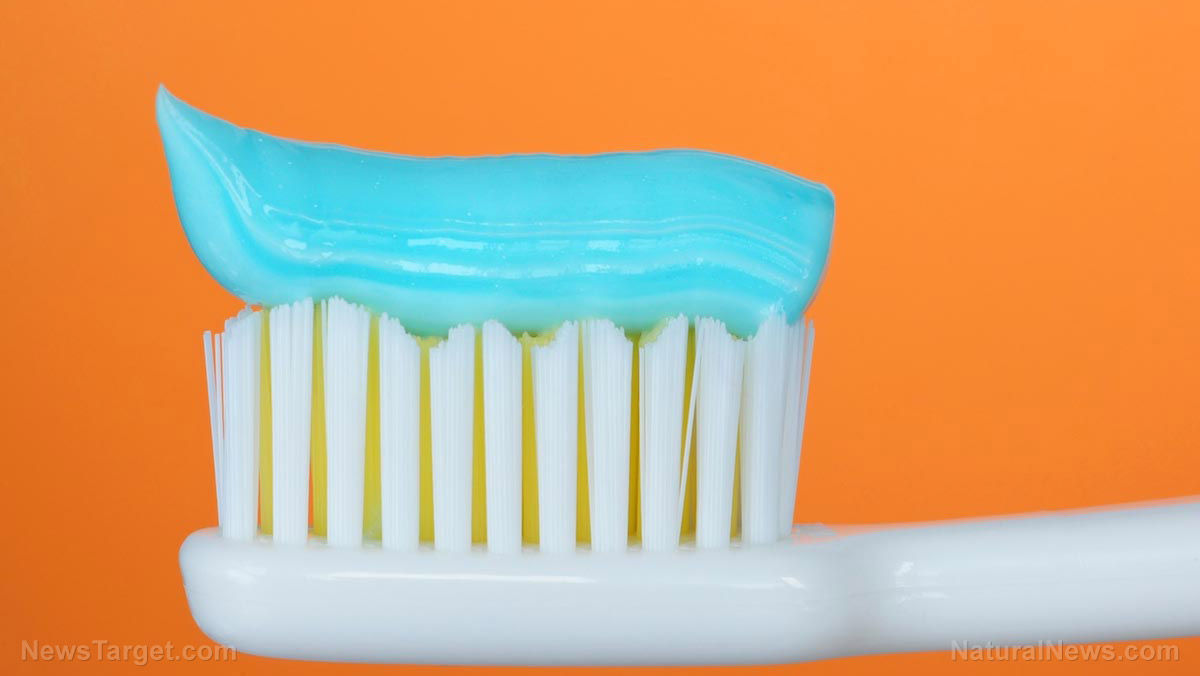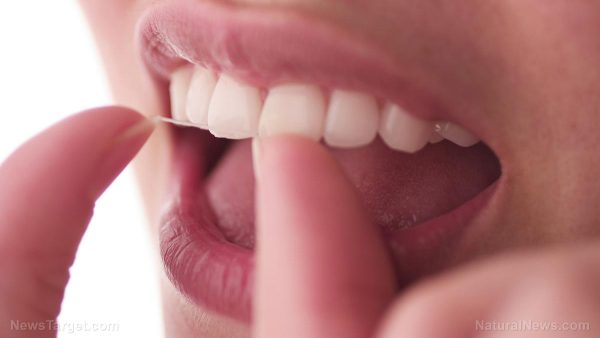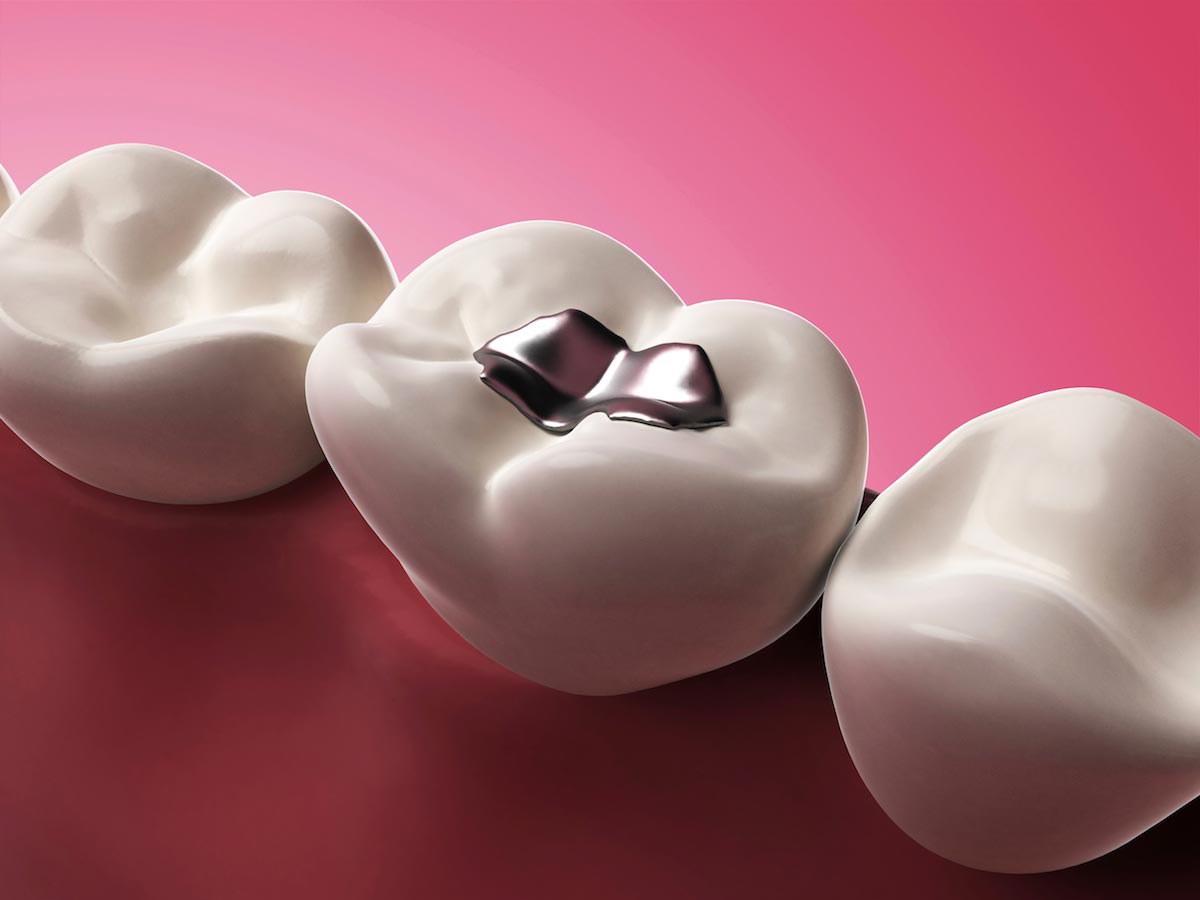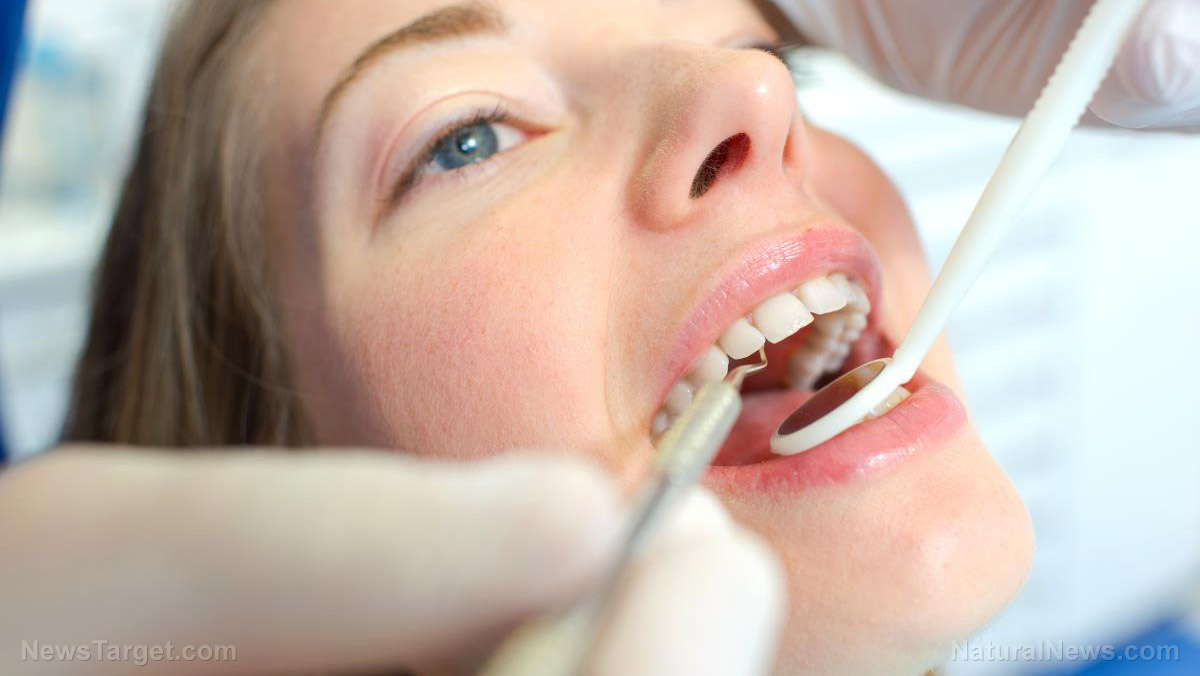I READ with concern the article “More than eight tooth fillings could put your health at risk” (Star2.com, Oct 5) which was based on a study published in the Journal of Ecotoxicology and Environmental Safety. The details and methodology of the study were not elaborated, for example in terms of the demographic of the sample group, occupation, diet, size of the fillings and so on. All these factors may influence the interpretation of the final result.
Article by The Star Online
The debate over the safety of amalgam fillings has been going on for decades and has caused much confusion and anxiety among consumers. The presence of mercury in amalgam has often been blamed for ill-health by some misinformed group or party with personal interest in this matter, in particular manufacturers of tooth-coloured dental materials.
As a dental clinician with more than 20 years experience, I would like to present a holistic view on the safety aspect of amalgam in dentistry.
Historically, dental amalgam has been used as the main dental filling material for tooth cavities for more than 150 years. It has a good safety record compared to the newer tooth-coloured dental fillings, which comprise composite resin and glass ionomer cement. Amalgam is a suitable material for use in most situations, especially in large cavities at the rear molars, decay below the gum margin or in areas of the mouth that are difficult to keep dry. It is a very durable, easy to handle and relatively cheap treatment option for the general population.
It is my concern that due to misguided fears about the safety of amalgam, coupled with the more expensive filling options, this may cause ordinary people to forego essential dental care.
To state that amalgam is somehow responsible for diseases such as neurological disorders, autism, Alzheimer’s, dementia and other chronic diseases is far-fetched. It is true that amalgam contains mercury, but when mixed with metals such as silver, copper, tin and zinc, they form a stable alloy for filling tooth decay. This mixture rapidly hardens into a solid and stable material in the cavity.
An analogy is drawn between sodium and chlorine, both of which are hazardous in their pure form. But, when combined, they form ordinary table salt! As far as I know, there has been no call for consumers to stop using table salt due to the hazardous nature of the sodium and chlorine components.
So it is with the mercury component in dental amalgams, which forms an inert compound after reacting with other metals. It is true that vigorous chewing and grinding can release minute amounts of mercury vapour from mercury fillings, which are only one to 27ug/day with average 5ug/day according to a 2003 report by the WHO. But there is no evidence for this extremely negligible quantity adversely affecting the health of patients. The recognised safe limit for blood level of mercury is about 35mg/l in an adult.
Mercury is a naturally existing element in the environment. There are three primary types of mercury:
a) Elemental mercury which is mercury found in the air as vapour and dental amalgam;
b) Inorganic mercury compounds, for example mercuric chloride, mercuric acetate and mercuric sulphide; and
c) Organic mercury compounds such as methylmercury.
Methylmercury is mainly found in big fish such as tuna, shark and swordfish and is absorbed through the digestive tract. Each person’s body processes these different forms of mercury differently with different levels of tolerance.
The US Food and Drug Administration (FDA) does not recommend removal of old and functional amalgam from teeth with air-rotor, for fear of releasing traces of mercury vapour into the lungs, if adequate water-cooling and aspiration are not used.
Removing sound amalgam fillings will also result in unnecessary loss of healthy tooth structure, and the procedure is quite expensive as well.
However, individuals who are allergic or sensitive to mercury or any of the metals in dental amalgams are advised to replace them with alternative materials. Deciding on which type of filling material to use is best made between the patient and the dentist, taking into consideration certain specific situations.
Finally, I would like to quote the American Dental Association’s (ADA) recent statement which concluded that “there is insufficient evidence to justify claims that mercury from dental amalgam has an adverse effect on the health of patients.”
DR ANDREW CHAN
Klang


















